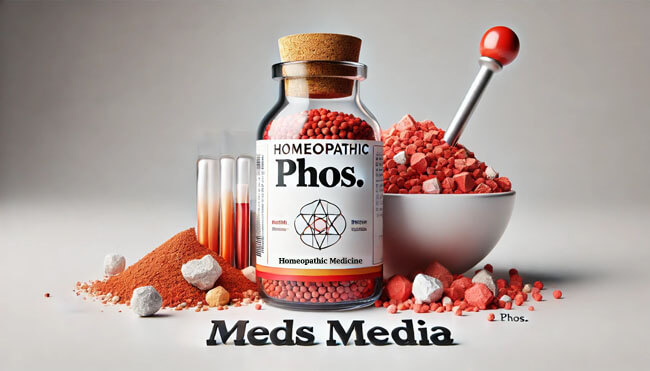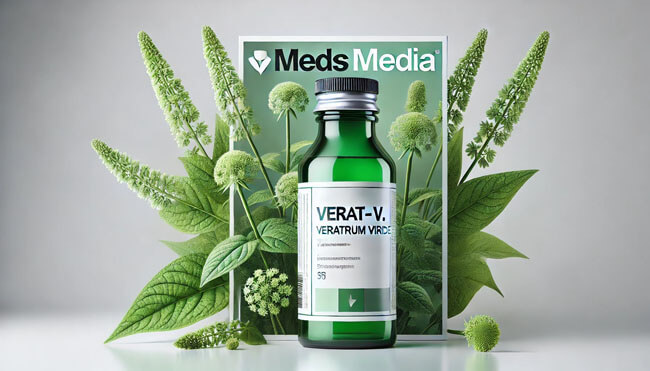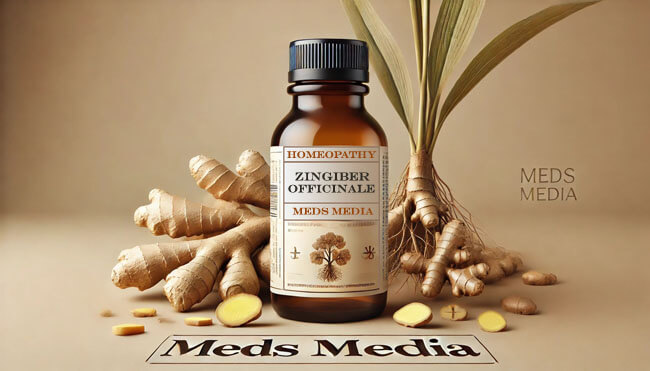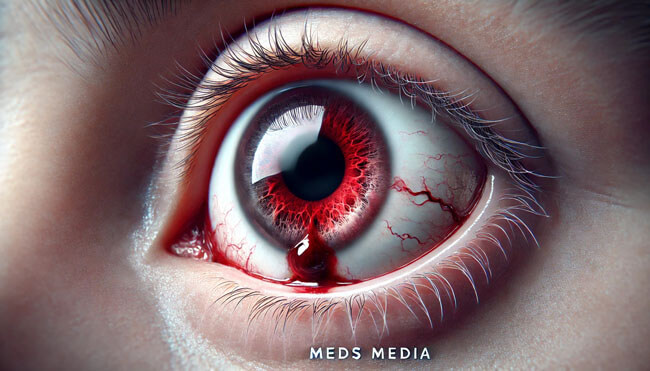A blood clot in the eye, medically termed a subconjunctival hemorrhage, occurs when small blood vessels rupture beneath the conjunctiva—the clear tissue covering the white part of the eye. While this condition may look alarming due to its visible bright red or dark patch, it is often harmless and not associated with pain or vision impairment. However, recurring clots may signal more serious underlying health concerns such as high blood pressure, diabetes, or blood clotting disorders. A deeper understanding of these potential causes can provide valuable insights into holistic treatment approaches, including homeopathy.
Effects of Blood Clots in the Eye
While a blood clot in the eye is generally painless and resolves on its own within a couple of weeks, it can cause significant cosmetic concern and anxiety. The appearance of a blood clot—red or purplish spots on the eye—often leads patients to worry about the possibility of permanent damage or vision loss. Additionally, if left untreated, frequent occurrences of blood clots in the eye could indicate more serious systemic problems, such as hypertension, coagulation disorders, or eye trauma. These symptoms may also be aggravated by factors such as eye strain, dry eyes, or inflammatory conditions.
Although medical treatment may not be required for minor clots, recurrent or large hemorrhages may necessitate further investigation to rule out underlying health issues. For those seeking natural or complementary remedies, homeopathic treatment offers a gentle and effective way to address both the symptom (the blood clot) and the root cause, promoting overall eye health and well-being.
How Homeopathy Treats Blood Clots in the Eye
Homeopathy is built on the principle of treating the individual holistically, focusing on the whole person rather than merely alleviating symptoms. Through the use of highly diluted substances derived from plants, minerals, and other natural sources, homeopathy seeks to stimulate the body’s natural healing processes. Below are 10 homeopathic remedies that are highly effective in treating blood clots in the eye, categorized by their applicability to acute, severe, and chronic conditions.
1. Arnica Montana
- Use: Arnica Montana is widely recognized for its ability to treat trauma-induced clots and bruises, and it is often the first remedy recommended for injuries.
- Key Symptoms: Ideal for blood clots caused by physical trauma, particularly when there is a sensation of soreness or bruising. The eye may appear black-and-blue, and there might be swelling.
- Condition: Acute clots resulting from injury or eye trauma.
- Insight: Arnica not only accelerates the absorption of blood from the ruptured vessels but also promotes faster healing by improving circulation in the affected area.
2. Belladonna
- Use: Belladonna is effective for blood clots accompanied by inflammation, particularly if there’s throbbing pain and sensitivity to light.
- Key Symptoms: Sudden onset of redness, swollen blood vessels in the eye, and a dry, hot feeling around the affected area.
- Condition: Acute, particularly when inflammation and fever are present.
- Insight: Belladonna’s anti-inflammatory properties make it particularly useful in cases where systemic infections or fever lead to blood vessel rupture.
3. Phosphorus
- Use: This remedy is excellent for individuals prone to frequent eye hemorrhages due to weak blood vessels and issues with blood clotting.
- Key Symptoms: Persistent or recurrent blood spots in the eye, easy bruising, nosebleeds, and gum bleeding.
- Condition: Chronic or recurrent hemorrhages, especially in individuals with fragile capillaries.
- Insight: Phosphorus helps strengthen the walls of capillaries and blood vessels, thus reducing the recurrence of blood clots in the eye, especially in those with clotting disorders.
4. Ruta Graveolens
- Use: Effective for blood clots resulting from eye strain or injury, particularly for those who experience discomfort due to prolonged computer use or reading.
- Key Symptoms: Eye fatigue, burning sensation, and a bruised feeling around the eyes.
- Condition: Acute, caused by eye strain or injury.
- Insight: Ruta is excellent for restoring balance in the eye after overuse, making it a key remedy for professionals who experience digital eye strain, which can increase the risk of blood clots.
5. Hamamelis Virginiana (Witch Hazel)
- Use: Known for its astringent properties, Hamamelis is particularly effective in cases of venous congestion and bleeding.
- Key Symptoms: Weak veins, heavy eyelids, soreness, and a sensation of fullness or pressure in the eyes.
- Condition: Chronic and acute, especially in cases of venous insufficiency or weakness.
- Insight: Hamamelis helps improve blood circulation in the capillaries, aiding in the resolution of clots and reducing the risk of future hemorrhages by supporting vascular health.
6. Lachesis
- Use: Lachesis is suited for individuals who have blood clotting issues, particularly those with a tendency for purple or blue discoloration around the eyes.
- Key Symptoms: Congested veins, purplish or bluish tint, and blood clot formation with a feeling of tightness around the eyes.
- Condition: Severe and chronic, especially where circulatory problems are prominent.
- Insight: Lachesis helps dissolve clots by addressing underlying circulatory issues, making it valuable for individuals with chronic clotting disorders or poor blood flow.
7. Calcarea Fluorica
- Use: This tissue salt remedy is excellent for restoring elasticity to blood vessels and preventing the hardening or calcification of arteries, which can lead to frequent ruptures.
- Key Symptoms: Hard, stiff blood vessels with a tendency to develop clots; visible red spots or blood clots in the eyes.
- Condition: Chronic, particularly in those with weakened vascular structures.
- Insight: Calcarea Fluorica strengthens the walls of the blood vessels, helping to prevent further occurrences of hemorrhage and improving long-term eye health.
8. Sulphur
- Use: Sulphur is ideal for treating inflammation-related clots, particularly when the patient experiences recurrent eye infections that lead to blood vessel rupture.
- Key Symptoms: Burning, itching, dryness, and persistent redness in the eye.
- Condition: Both acute and chronic, especially for those prone to inflammation.
- Insight: Sulphur helps modulate the immune response, reducing inflammation and preventing further damage to blood vessels.
9. Sepia
- Use: This remedy is useful for blood clots linked to hormonal imbalances, particularly in women.
- Key Symptoms: Sensation of heaviness or swelling around the eyes, often worsened during hormonal changes (such as menstruation or menopause).
- Condition: Chronic, particularly in cases of hormonal imbalance.
- Insight: Sepia’s action on hormonal regulation makes it valuable for treating eye-related issues caused by shifts in estrogen levels, which can impact blood clotting.
10. Carbo Vegetabilis
- Use: Best for individuals with poor circulation and oxygenation issues that lead to frequent blood clot formation.
- Key Symptoms: Bluish, purplish veins, sluggish blood flow, and feelings of fatigue or faintness.
- Condition: Severe and chronic, especially where poor circulation or oxygenation is a contributing factor.
- Insight: Carbo Vegetabilis works by improving oxygenation and venous return, ensuring that blood flows efficiently and reducing the likelihood of future clots.
Why Choose Homeopathy for Blood Clots in the Eye?
- Strengthens the Body’s Healing Mechanisms: Homeopathy works by stimulating the body’s self-healing capabilities. This makes it particularly effective for treating recurrent issues like blood clots in the eye, where the goal is not just symptom relief but long-term health improvements.
- Addresses Underlying Conditions: Rather than merely treating the visible blood clot, homeopathic remedies focus on resolving the underlying conditions that predispose individuals to frequent clots. Remedies like Phosphorus and Calcarea Fluorica help fortify blood vessels, reducing the likelihood of future ruptures.
- Safe for All Age Groups: Homeopathic treatments are gentle and safe, even for vulnerable populations such as children, pregnant women, and the elderly. Remedies like Belladonna and Hamamelis are commonly used in sensitive cases due to their minimal side effects.
- Personalized Treatment: Homeopathy emphasizes the unique constitution of each individual. Remedies are selected based on not only the physical symptoms but also the emotional and mental state of the patient, making the treatment highly individualized and holistic.
- Prevention of Recurrence: Through long-term use of constitutional remedies like Calcarea Fluorica and Lachesis, homeopathy helps prevent the recurrence of blood clots, making it a valuable preventive approach for patients prone to eye hemorrhages.
Conclusion
Treating blood clots in the eye with homeopathy offers a holistic, gentle, and highly effective option for both acute and chronic conditions. By addressing the root causes of blood clots—such as trauma, inflammation, weak blood vessels, or circulatory problems—homeopathic remedies help promote overall vascular health and prevent future occurrences. Popular remedies like Arnica Montana, Phosphorus, and Ruta Graveolens are well-suited to treating both minor injuries and more serious systemic causes of blood clots. Consult with a qualified homeopathic practitioner for personalized care and ensure a complete, holistic approach to your health.
Select Your Homeopathic Medicine Dose and Potency
Potency Selection Guide
Relationship of Remedies
Similar Posts
Zincum Picricum Homeopathic Medicine & Personality | Uses, Benefits & Indications
Zincum Phosphoricum Homeopathic Medicine & Personality | Uses, Benefits & Indications
Zincum Iodatum Homeopathic Medicine & Personality | Uses, Benefits & Indications
Zincum Bromatum Homeopathic Medicine & Personality | Uses, Benefits & Indications
Zea Homeopathic Medicine & Personality | Uses, Benefits & Indications
Zincum Aceticum Homeopathic Medicine & Personality | Uses, Benefits & Indications
Zincum Cyanatum Homeopathic Medicine & Personality | Uses, Benefits & Indications
Zincum Muriaticum Homeopathic Medicine & Personality | Uses, Benefits & Indications
Zincum Oxydatum Homeopathic Medicine & Personality | Uses, Benefits & Indications
Zincum Sulphuricum Homeopathic Medicine & Personality | Uses, Benefits & Indications

Phosphorus Homeopathic Medicine & Personality | Uses, Benefits & Indications
Causticum Homeopathic Medicine & Personality | Uses, Benefits & Indications

Veratrum Viride Homeopathic Medicine & Personality | Uses, Benefits & Indications

Spongia Tosta Homeopathic Medicine & Personality | Uses, Benefits & Indications


